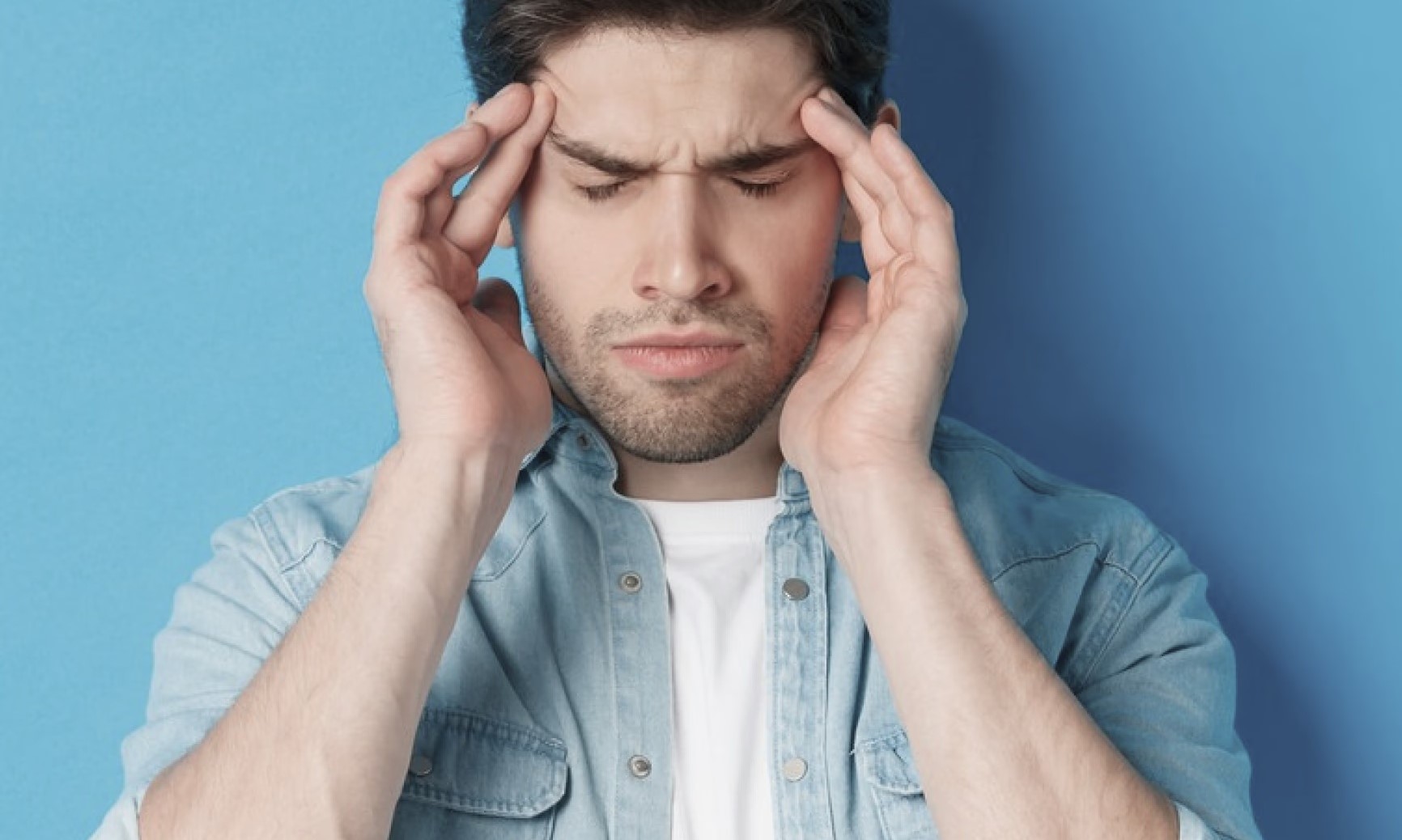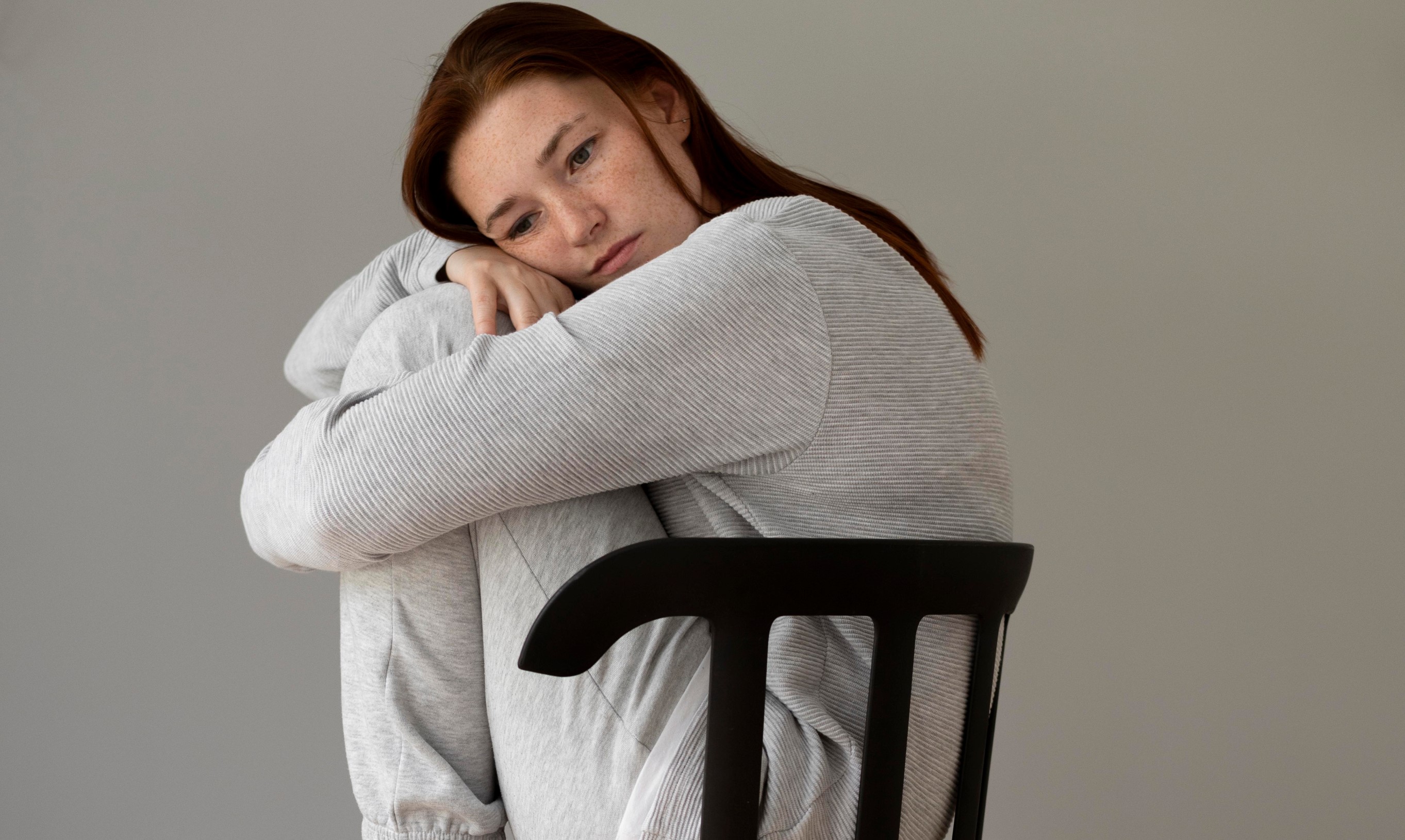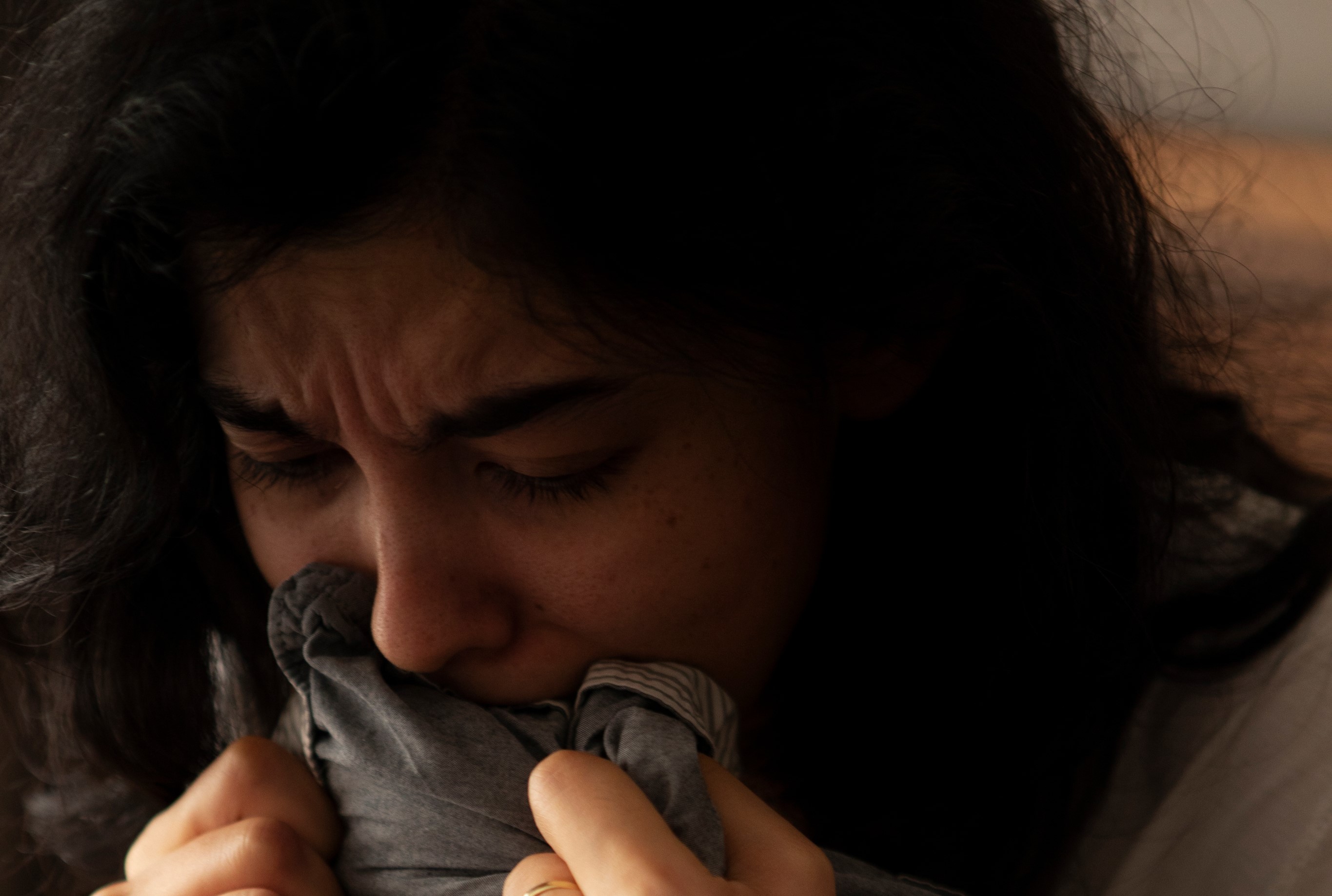
Comprehensive guide to management depression symptoms by getting to the root cause and finding ways to cope and get treatment.
Depression is more than just feeling sad, it’s a serious mental health condition that affects how a person thinks, feels, and functions in daily life. It leads to overwhelming emotional pain, fatigue, and a loss of interest in things that once brought joy. 29.0% of Americans report having been diagnosed with depression at some point in their lifetime according to Witters, D. 2023 in Gallup Data.
Depression symptoms include persistent sadness, fatigue, loss of interest in activities, changes in appetite or sleep, and difficulty concentrating. Some individuals also experience feelings of worthlessness, guilt, or thoughts of self-harm.
The causes of depression include a combination of genetic, biological, environmental, and psychological factors. Major life changes, trauma, chronic stress, and a family history of depression increase the risk.
Untreated depression affects every area of life, including work, relationships, and physical health. It leads to social withdrawal, substance use, and increased risk of chronic illnesses and suicide.
Preventing depression involves maintaining a healthy lifestyle, managing stress, and seeking early support for emotional struggles. Building strong social connections, staying active, and practicing mindfulness are helpful strategies. For those at higher risk or experiencing early symptoms, medical intervention is essential. Innovative treatments like Spravato (esketamine) and Transcranial Magnetic Stimulation (TMS) offer effective prevention and relief for individuals who have not responded to traditional therapies.
What is Depression?
Depression is a serious mental health condition that affects how a person feels, thinks, and handles daily activities. It goes beyond occasional sadness and causes persistent feelings of emptiness, hopelessness, or disinterest in life. Depression interferes with work, relationships, and personal well-being, and without proper treatment, it worsens over time. While the condition varies in severity, professional intervention is essential to manage symptoms and restore quality of life. 87.9% of those with depression reported at least some difficulty with work, home, or social activities due to their symptoms according to Brody, C. et al. 2025 and published by the Centers for Disease Control and Prevention (CDC).
What Are the Symptoms of Depression?
Depression symptoms affect mood, behavior, and physical health. Common signs include:
- Persistent Sadness: Feeling down or empty most of the day, nearly every day.
- Loss of Interest: No longer enjoying activities once found pleasurable.
- Fatigue: Constant tiredness or lack of energy.
- Sleep Changes: Insomnia or oversleeping without feeling rested.
- Appetite Changes: Significant weight loss or gain unrelated to dieting.
- Difficulty Concentrating: Trouble focusing or making decisions.
- Feelings of Worthlessness: Excessive guilt or low self-esteem.
- Thoughts of Death or Suicide: Recurring thoughts of self-harm or hopelessness.
What Are the Causes of Depression?
The causes of depression include several factors that increase the likelihood of developing depression. A 2021 study found that among adults with a history of depression or anxiety, at least 48.6% had experienced childhood trauma according to Juby, B et. al. 2023 published by HealthLine. The main causes of depression include:
- Genetics: A family history of depression raises individual risk.
- Brain Chemistry: Imbalances in neurotransmitters affect mood regulation.
- Trauma or Stress: Life events like abuse, grief, or financial hardship trigger depressive episodes.
- Medical Conditions: Chronic illness, hormonal imbalances, or neurological disorders lead to depression.
- Substance Use: Alcohol or drug abuse contributes to emotional instability.
- Environmental Factors: Isolation, low socioeconomic status, or lack of support play a role in long-term depression.
What Are the Best Treatments for Depression?
The best treatments for depression include a personalized approach that addresses both the biological and psychological aspects of the condition. For many, standard antidepressant medications are effective, but others benefit from newer, evidence-based treatments. Here are the primary options used to manage depression:
Medication Management
Antidepressants are the first line of treatment. These include selective serotonin reuptake inhibitors (SSRIs) like sertraline or fluoxetine, and serotonin-norepinephrine reuptake inhibitors (SNRIs) such as venlafaxine. Medication management helps balance brain chemistry and reduce depressive symptoms over time. Ongoing medical oversight is important to adjust dosage and monitor side effects.
Spravato (Esketamine)
Spravato is an FDA-approved nasal spray prescribed for treatment-resistant depression. Unlike traditional antidepressants, it works on the brain’s glutamate system to provide rapid relief, within hours. Administered in a clinical setting under supervision, Spravato is used when patients have not responded to at least two other antidepressant medications.
Transcranial Magnetic Stimulation (TMS)
TMS is a non-invasive therapy that uses magnetic pulses to stimulate regions of the brain responsible for mood regulation. It is especially helpful for individuals who prefer a drug-free option or who have experienced limited success with medication. TMS does not require anesthesia, and sessions are typically short with minimal side effects.
How to Prevent Depression?
To prevent depression, certain strategies significantly reduce the risk of developing symptoms or experiencing a relapse. Prevention involves maintaining mental and physical health, seeking early intervention, and utilizing supportive therapies when needed. Projections suggest the number of US adults with lifetime experience of depressive disorder will increase from 33.9 million in 2005 to 45.8 million by 2050 according to Heo, M. et. al. 2008. Population projection of US adults with lifetime experience of depressive disorder by age and sex from 2005 to 2050 and published in the International Journal of Geriatric Psychiatry. This statistic shows the need for comprehensive and innovative treatment options to help tackle this prevalent disorder.
Here are some tips on how to prevent depression:
- Healthy Lifestyle Habits: Regular exercise, a balanced diet, adequate sleep, and reducing alcohol or drug use support emotional stability and overall well-being.
- Stress Management: Practicing mindfulness, setting boundaries, and engaging in hobbies helps manage stress and prevent emotional burnout.
- Social Support: Staying connected with trusted friends, family, or community groups helps reduce isolation and builds emotional resilience.
- Early Intervention: Identifying warning signs and addressing them with a mental health professional stops mild symptoms from escalating.
- Innovative Therapies: For individuals with a history of treatment-resistant depression, therapies like Spravato (esketamine) or Transcranial Magnetic Stimulation (TMS) offer preventive benefits by maintaining symptom relief and reducing relapse risk. These options are especially valuable for those who have not responded to traditional treatment.
How to Speak to a Loved One with Depression?
To speak to a loved one about depression requires empathy, patience, and a nonjudgmental attitude. The goal isn’t to offer solutions but to create a safe space where your loved one feels heard and supported.
- Start with Compassion: Begin the conversation gently. Use phrases like, “I’ve noticed you haven’t seemed yourself lately,” or “I care about you and wanted to check in.”
- Listen Without Judgment: Allow them to speak openly without trying to fix their problems. Reflect back what they share and validate their feelings, statements like “That sounds really hard” show you’re present.
- Avoid Dismissive Language: Phrases such as “just cheer up” or “others have it worse” can feel invalidating. Instead, focus on understanding their experience.
- Encourage Support: Gently suggest they talk to a mental health professional. Offer to help them research providers, schedule appointments, or accompany them if they’re nervous.
- Stay Consistent: Let them know you’re there, not just for one conversation but for the long haul. Consistent support makes a lasting difference.
Can depression go away on its own?
No, depression doesn’t go away on its own. While mild depression may improve with lifestyle changes and time, clinical depression typically requires professional treatment. Without support, symptoms often persist or worsen.
Is depression different from sadness?
Yes. Sadness is a normal, temporary emotional response, while depression is a mental health condition involving persistent low mood, loss of interest, and changes in sleep, appetite, and energy that last for weeks or longer.
How is depression diagnosed?
Depression is diagnosed by a mental health professional based on clinical interviews, symptom history, and criteria outlined in the Diagnostic and Statistical Manual of Mental Disorders (DSM-5).
Does depression affect physical health?
Yes. Depression is linked to physical symptoms such as fatigue, headaches, chronic pain, and digestive issues. It also increases the risk for cardiovascular disease and weakened immune function.
Can teens and children experience depression?
Yes. Depression affects individuals of all ages, including adolescents and children. Symptoms appear as irritability, academic decline, or withdrawal from activities, and early intervention is crucial.




